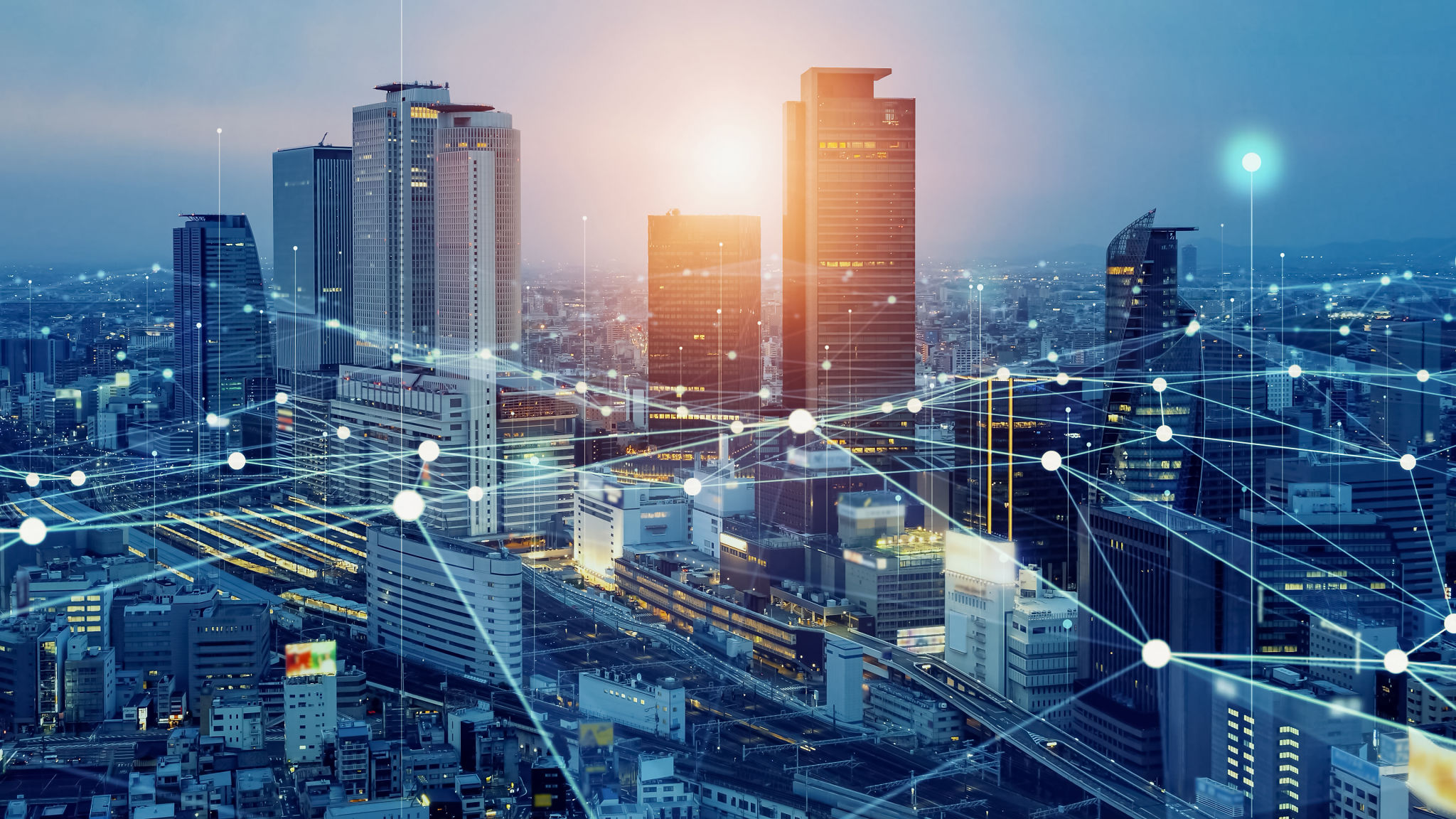Understanding the Latest Trends in Lift and Escalator Technology
Introduction to Modern Lift and Escalator Technology
In today's fast-paced urban environments, the demand for efficient and reliable vertical transportation has never been higher. As cities grow taller and more complex, advancements in lift and escalator technology are pivotal to ensuring smooth mobility within buildings. This blog post explores the latest trends that are shaping the future of lifts and escalators, offering insights into innovations that enhance safety, efficiency, and user experience.
Smart Elevators: The Rise of IoT Integration
The integration of the Internet of Things (IoT) is revolutionizing the lift industry. Smart elevators equipped with IoT technology can communicate with building management systems, providing real-time data on usage patterns and maintenance needs. This connectivity allows for predictive maintenance, minimizing downtime and extending the lifespan of equipment. Additionally, IoT-enabled lifts can optimize energy consumption by adjusting their operation based on current demand.

Energy Efficiency and Sustainability
As sustainability becomes a central concern for modern construction, manufacturers are focusing on energy-efficient lift and escalator solutions. Regenerative drive technology is one such innovation, allowing lifts to generate electricity as they descend, which can be fed back into the building's power grid. This not only reduces energy consumption but also lowers operational costs. Furthermore, the use of lightweight materials and advanced engineering techniques helps decrease the carbon footprint of these essential systems.
Enhanced Safety Features
Safety remains a top priority in lift and escalator design. Modern systems are equipped with advanced safety features such as automatic braking systems, emergency communication devices, and door sensors that prevent accidents. Moreover, the use of AI in monitoring systems enables real-time analysis to detect anomalies, ensuring swift action in case of emergencies.

User Experience and Accessibility
Improving user experience is another significant trend in lift and escalator technology. Touchless controls, voice-activated commands, and personalized ride experiences are becoming increasingly popular. These innovations not only enhance convenience but also promote hygiene—a crucial factor in a post-pandemic world. Accessibility is also a key focus, with designs accommodating individuals with disabilities through features like audio announcements and Braille buttons.
Integration with Building Design
Lifts and escalators are no longer just functional elements; they are integral components of modern architectural design. Architects are collaborating with engineers to create seamless integrations that complement the aesthetics of a building. Glass lifts with panoramic views, artistic escalator designs, and customized lighting are being used to enhance a building's visual appeal while maintaining functionality.

The Future: AI and Machine Learning
Looking ahead, the role of artificial intelligence and machine learning in lift and escalator technology continues to expand. AI can optimize traffic management in high-rise buildings by predicting peak usage times and adjusting operations accordingly. Machine learning algorithms can analyze vast amounts of data to improve maintenance schedules, ensuring that systems run smoothly with minimal human intervention.
Conclusion
As we move towards smarter cities, the evolution of lift and escalator technology plays a crucial role in shaping urban mobility. By embracing IoT, improving energy efficiency, enhancing safety features, focusing on user experience, integrating with architectural design, and leveraging AI, the industry is poised to meet the challenges of the future head-on. These innovations not only make buildings more efficient but also contribute to creating a more sustainable and accessible environment for everyone.